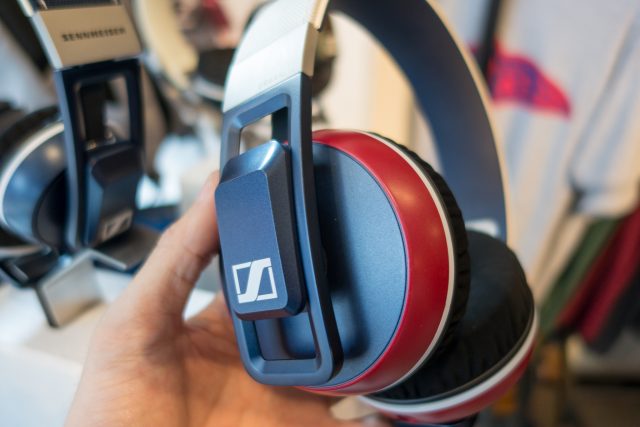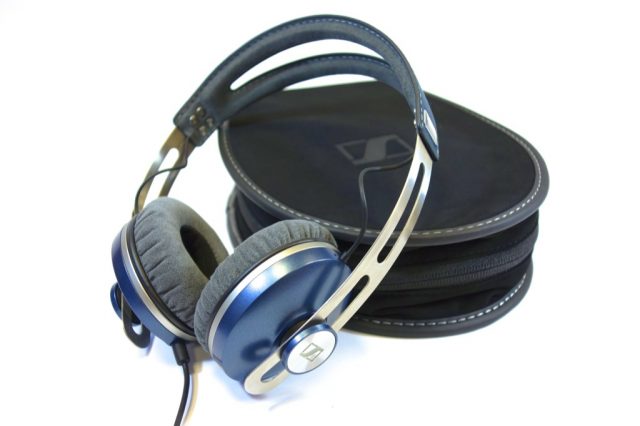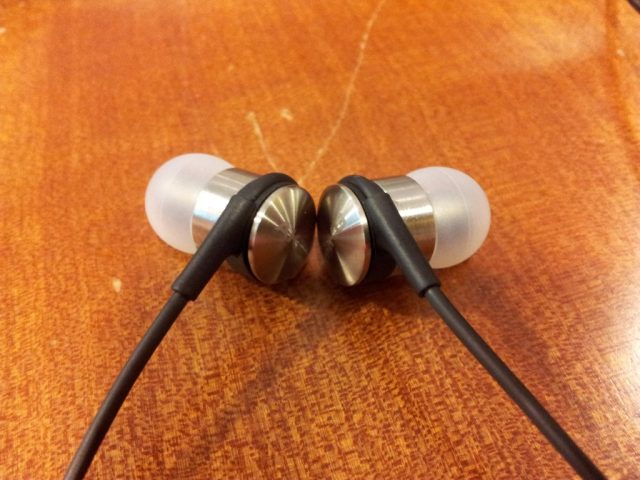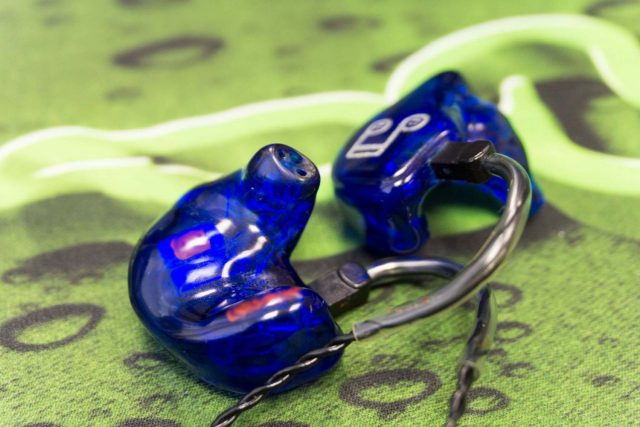I don’t consider myself an audiophile, and I don’t specialise in writing about headphones. Over time, however, many headphones have come by this blog for testing and review. Some people have asked me about headphones, and so I thought I’ll share something about them today. There are so many kinds of headphones, what are they all about?
There are many specifications, characteristics and parameters you can look at when comparing headphones. In this post, I’ll just cover one characteristic about them — over-ear, on-ear or in-ear type.
I’m assuming, of course, that you care about selecting a decent pair of headphones, and as such are mindful about several factors beyond simply the audio performance, such as comfort and portability. The design type, whether they are over-ear, on-ear or in-ear, plays an important part in those comfort and portability factors.
Just so we are clear, let’s go over exactly that these design types are.
[Headphone pictured above is the Sennheiser URBANITE XL.]
Over-ear headphones: These are also known as circumaural headphones. These headphones have large ear cups that cover over and around your ears. The ear cups are supported by headbands that go over your head. Over-ear headphones are bulky, but are often capable of delivering very good immersive sound. With the ears trapped inside the ear cup, some people may find them uncomfortably hot with prolonged listening. Others may dislike headbands, because the headbands may interfere with hairstyle or in other ways feel uncomfortable on the head.
[Headphone pictured above is the Sennheiser Momentum On-Ear.]
On-ear headphones: These are also known as supra-aural headphones, and are mostly similar to over-ear headphones, except that the ear cups rest on the ears. The ears won’t get hot with prolonged listening, but on the other hand, the pressure on the ears may also get uncomfortable for some people. On-ear headphones are a little more portable compared with over-ear types, but with clever design, the differences may not be very significant these days.
[Headphone pictured above is the AKG K3003.]
In-ear headphones: These are headphones that fit in your ears. They are small, and thus very portable. At the same price point, however, they tend to sound inferior to over-ears and on-ears. This category of headphones is actually a bit more complicated, because there are a few sub-categories, namely:
- Earbuds: These are, generally, cheap headphones that likely came included with something else you bought, such as smartphones or music players. The earpiece sits in the outside of your ear, and they’re often easy to fall off.
- In-canal: These are the kinds that go slightly into your ear canal. Usually, when we talk about in-ear headphones, we’re referring to this kind. These type of headphones are often sealed into your canal with either silicon or memory foam tips, offering superior isolation from outside noises so that you can hear your music better without elevated playback volumes. Some people, however, are averse to stuff sticking into their ears, so they may find these headphones uncomfortable over prolonged listening.
- There are more exotic designs that might be grouped under this category. Earpods, for example, that Apple introduced with the iPhone 5 is like something between an earbud and and in-canal.
In-ears are often meant to refer to the in-canal variety. There’s also more than one kind to them: the universal fit, like in the photo above, which you can buy off-the-shelf, and then there’s the custom fit variety which are exclusively made to fit a specific person.
[Headphone pictured above is the JH Audio JH16.]
Custom in-ear monitors, as they are called, are expensive because they are individually made by hand. They fit the ear perfectly, since they were customised for a specific pair of ears, so they are usually very comfortable and offer a pretty good seal against outside noises. Depending on brand, you can get them in hard acrylic shell, or with a softer tip made of silicon.
Which headphones work for you will depend on numerous factors. Your use case is an important consideration. If you want to take your headphone out for a run, you’ll likely find that over-ears and on-ears won’t work for you at all. If you need to be aware of your surroundings, such as to hear approaching traffic when you go on a run, the superior noise isolation of in-ears may be undesirable. On the other hand, if you don’t want to hear your colleagues around you at work, these noise isolation features are really great.
There is more to say. For example, over-ear and on-ear headphones can be either open back or closed back, which affect noise isolation and the spaciousness of the sound. However, let me just move on to summarise a few key takeaways into this table.
| Over-ear | On-ear | Earbuds | In-ear | |
|---|---|---|---|---|
| Comfort | Ok, but ears may feel hot, and issues with headband | Ok, but pressure on ears may feel uncomfortable, and issues with headband | Ok | Ok, if you don’t mind something sticking into your ears |
| Weight | Heavy | Heavy | Light | Light |
| Portability | Poor | Poor | Good | Good |
| Sound Quality | Good | Good | Poor | Average |
| Noise Isolation | Varies | Poor | Poor | Good |
Comfort seems to be something tricky. This is something you probably will only know when you try out the headphones yourself. What is comfortable to one person may not be to another. In fact, you may also need to audition headphones to understand sound quality better. Reviews are helpful, but don’t base your decisions solely on reviews.
This is just the beginning. Some people may compromise on one characteristic or other after they hear an actual headphone. They may even decide they need more than one type of headphone for different use cases, because their requirements may be different.
What about me? I go with custom in-ear monitors. I’ll talk about them in another post.





So what’s your preferred type?
I go with in-ears. 🙂